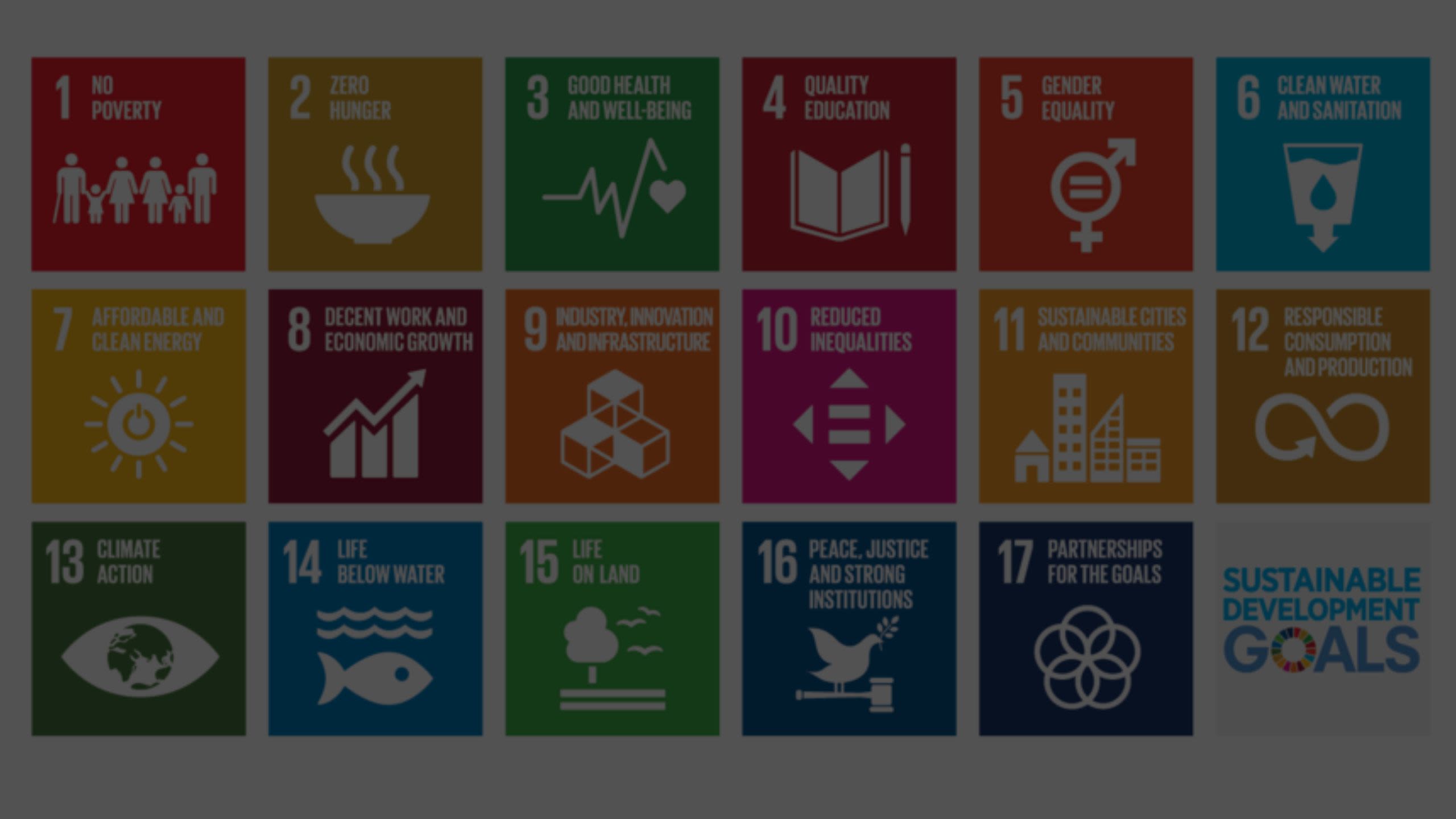SUSTAINABLE DEVELOPMENT GOALS REPORT 2024: MEASURING SUSTAINABLE DEVELOPMENT

The mission of the University of Essex is: “Excellence in education and excellence in research for the benefit of people and communities”. Strategic Plan 2019-2028
This is now our fourth Sustainable Development Report and it gives us a great insight into the breadth of our work across education and research supporting each of the United Nations Sustainable Development Goals. We are also able to highlight how operational practices and cultural norms of the University of Essex are changing and developing to support our progress towards the goals. The report also incorporates the outcomes of our 2024 Times Higher Education Impact Rankings submission to give a snapshot of our performance.
There are separate sections for each of the 17 Sustainable Development Goals (SDGs), each providing information, data and examples of our work. We are a diverse, large and productive university so measuring the relevance of our research and education is complex. To provide clarity, here we explain the methods we have used in our fourth report, to measure sustainable development at the University of Essex.
Background
The University of Essex produces almost 1,900 academic research publications per year and has over 3,000 degree programmes. At this scale, manually mapping each of the SDGs against all of our publications and all of our degrees is impractical. To do so is also made more complicated because sustainable development is not necessarily directly mentioned in our publications and courses even though their contents are relevant. For example, many of the publications of our world-renowned Human Rights Centre, although having a positive impact on peace and justice, will not necessary make explicit reference to SDG 16 – Peace, Justice and Strong Institutions.
Many of our degree course materials, although relevant to the SDGs, similarly will not necessarily directly cross-reference them. The methods we have used have attempted to address the challenge of scale as well as the complications of matching each of the SDGs with the subjects we research and teach.
Using keywords
For the sake of consistency and objectivity we have measured our progress with the goals by using independently established keyword sets to search our research publications and education materials for relevant content.
There are two commonly used keyword sets for each of the SDGs. The first set was developed by the Australia, New Zealand and Pacific Network of the Sustainable Development Solutions Network (SDSN) and the other is the Elsevier keyword set which is used by the Times Higher Education and is more stringent.
We have provided the search outcomes for both keyword sets because, while it is quite likely the SDSN set returns some articles and courses that are only very vaguely linked with the goals (false positives), the Elsevier set is likely to miss relevant publications and courses (false negatives). Elsevier also does not provide keywords for SDG 17 Partnerships for the Goals.
SDGs in research
For research we have used the Scopus indexing service to search for Elsevier and SDSN keywords in the title, abstract or keywords of our research outputs published between 2013 and 2023. We have reported: the number of publications returned (all papers and open access); the number of times those papers have been cited; and the H-index, a metric which combines output and impact.
The higher H-index the better. For example, the figure for SDG 1 – No Poverty, is 101 meaning that Essex has published 94 papers in areas relevant to the goal that have each been cited at least 101 times. For SDG 17 – Partnerships for the Goals, our H-index performance at 38 is not as strong meaning that we have produced 38 publications in this area that have each been cited at least 38 times.
SDGs in education
For our education we have applied the keyword searches to all our current module titles and module content descriptions in order to measure how the content of our degrees reflect the themes underpinning each of the SDG’s.
Using this approach, we have been able to count the number of degrees that have relevant content to specific SDGs. While it is possible for a student to be counted in more than one SDG, it is not possible for them to be counted more than once within each SDG.
Return to SDG 1 to SDG 10
Return to the start of our annual report on our work to support the United Nations Sustainable Development Goals to review information about our work to promote SDG 1 to SDG 10.
